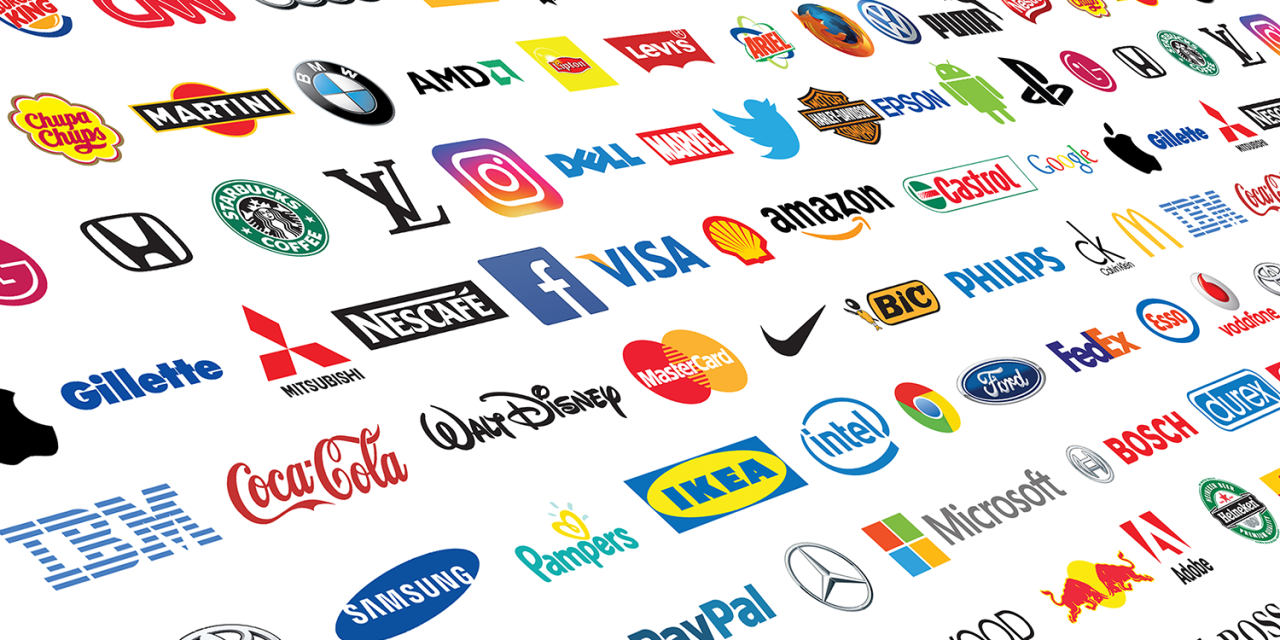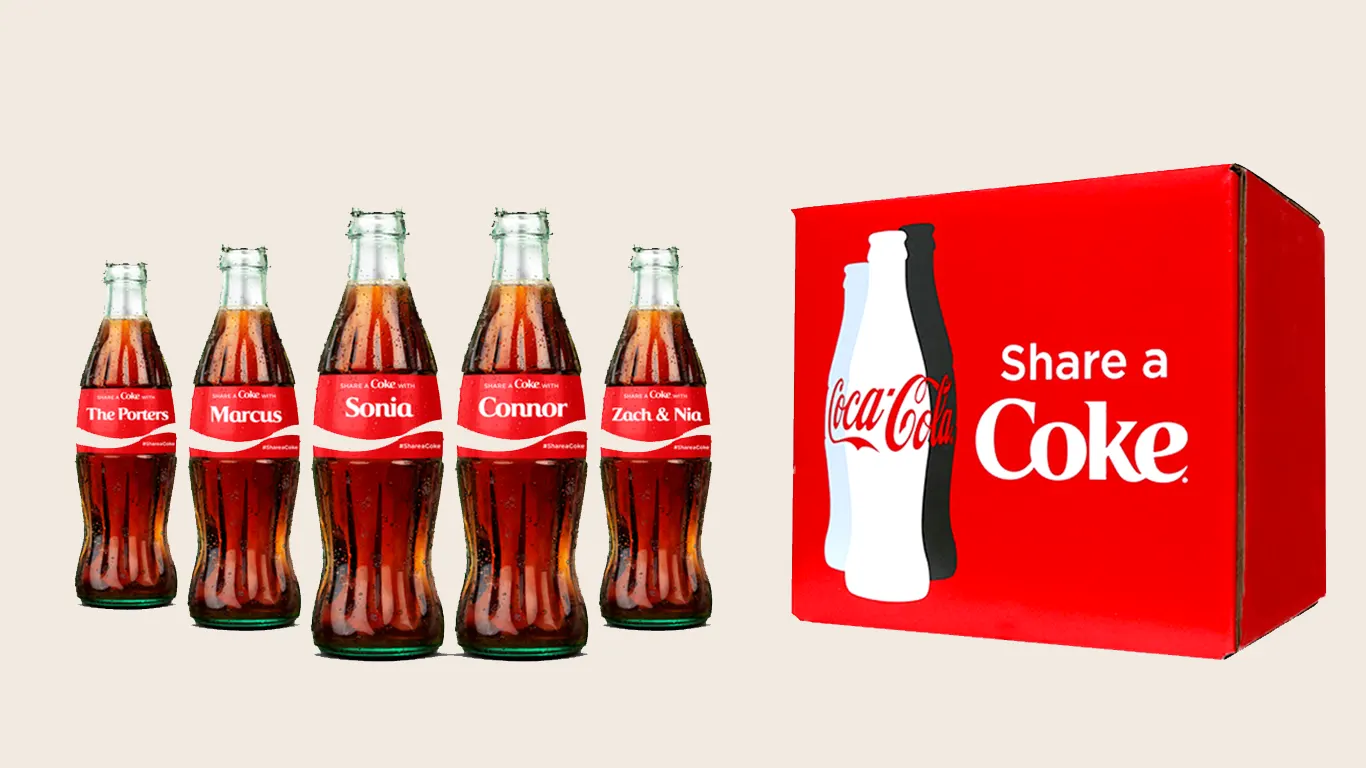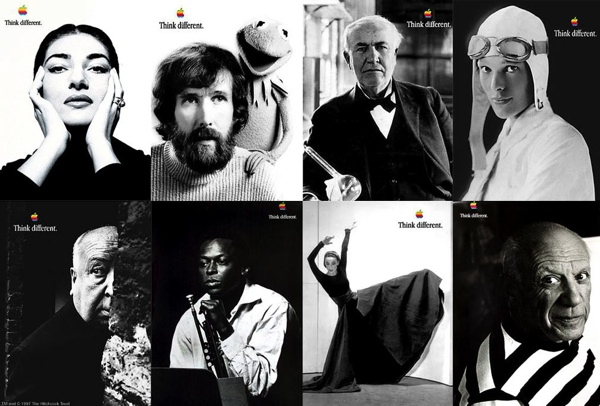Introduction: The Era of Brand Overload
Picture yourself in the heart of Times Square, where an overwhelming cacophony of neon signs, blaring ads, and animated slogans vie for attention. Now, imagine this sensory overload extended to every screen in your life—smartphones, laptops, tablets—all incessantly competing for your focus. This is the reality of today’s brand communication landscape.
With over 5,000 ads bombarding consumers daily, the challenge is clear: how can your brand’s message stand out amidst this chaos? The answer lies in mastering the art of brand communication, a sophisticated blend of storytelling, psychology, and data-driven strategies designed to make brands not just visible but memorable.

The Foundations of Brand Communication
Brand communication extends far beyond advertisements and clever taglines; it’s an ongoing, multidimensional dialogue between a brand and its audience. This dialogue occurs at every interaction point—from the design of a logo to the tone of a chatbot, from a social media post to the experience of customer service.
To establish a strong foundation for brand communication, three critical elements must be prioritized:
- Clarity of Message: Define and communicate what your brand represents.
- Consistency: Ensure uniformity across platforms and over time to build trust.
- Emotional Resonance: Brands that establish emotional connections outperform competitors by as much as 85%.

Historical Lessons: From Coca-Cola to Apple
History offers invaluable lessons in impactful brand communication:
- Coca-Cola: The Pioneer of Emotional Branding Coca-Cola’s iconic “Share a Coke” campaign demonstrated the power of personalization in branding. By placing names on bottles, the company turned a simple product into a catalyst for connection, inspiring a global wave of sharing and storytelling.

- Apple: The Minimalist Storyteller Apple’s “Think Different” campaign exemplified simplicity in messaging. By positioning its brand as a champion of innovation and creativity, Apple fostered an almost cult-like loyalty among its customers.

Modern-Day Challenges in Brand Communication
The digital era has introduced unique obstacles for brand communication:
- Ad Fatigue: Repeated exposure to uninspired messaging leads to disengagement.
- Platform Proliferation: Brands must now tailor their communication for an ever-expanding array of platforms, from TikTok to email newsletters.
- Consumer Skepticism: Audiences are increasingly wary of inauthentic or over-polished marketing, making authenticity a critical factor in effective communication.

AI’s Role in the Brand Communication Revolution
Artificial Intelligence (AI) is reshaping how brands engage with their audiences. Kensaa’s AI-driven solutions demonstrate the transformative potential of this technology:
- Personalization: AI enables tailored content creation for diverse demographics and platforms.
- Insights: By analyzing consumer behavior data, AI predicts trends and refines strategies.
- Efficiency: Repetitive tasks, such as email content generation, are automated while maintaining brand tone and identity.
For instance, Kensaa’s AI-enhanced blogs do more than inform—they inspire action, achieving significantly higher engagement rates across industries.
Strategies for Building Authentic Brand Narratives
Crafting an authentic brand narrative is both an art and a science. Key strategies include:
- Understanding Your Audience: Move beyond demographics to uncover the psychographics—emotional drivers—that motivate your audience.
- Balancing Consistency and Adaptability: While consistent messaging builds trust, it’s essential to adapt to cultural and industry trends.
- Embracing Storytelling: Narratives connect on a human level, making customer journeys, brand origins, and real-world impacts compelling.
- Engaging in Dialogue: Feedback loops, facilitated through social media and surveys, refine communication strategies in real-time.

The Kensaa Model: Precision and Creativity in Action
At Kensaa, creativity and precision are seamlessly integrated to deliver impactful brand communication. Whether increasing engagement rates for eco-conscious brands like Eco & Faye by over 50% or elevating global campaigns like “Save Soil” through influencer-driven storytelling, Kensaa exemplifies the perfect blend of artistry and analytics.
Their campaigns resonate deeply because they are built on a foundation of detailed research and audience insights, ensuring that every element—from visuals to narratives—delivers maximum impact.

Measuring the Success of Your Brand Communication
To evaluate the effectiveness of your brand communication efforts, consider:
- Engagement Metrics: Analyze click-through rates, social media shares, and user comments.
- Brand Perception: Conduct regular surveys to gauge customer sentiment.
- Conversion Rates: Measure how effectively your communication drives sales or desired actions.
Conclusion: Breaking Through the Noise
In a world inundated with marketing messages, mastering brand communication is essential. Brands that craft authentic, compelling narratives will thrive, while those that rely on outdated approaches risk irrelevance. By embracing innovation—especially AI—and fostering creativity, brands can not only cut through the noise but also establish meaningful, lasting connections with their audiences.
The time to revolutionize your brand communication is now. Are you ready to lead the charge?



